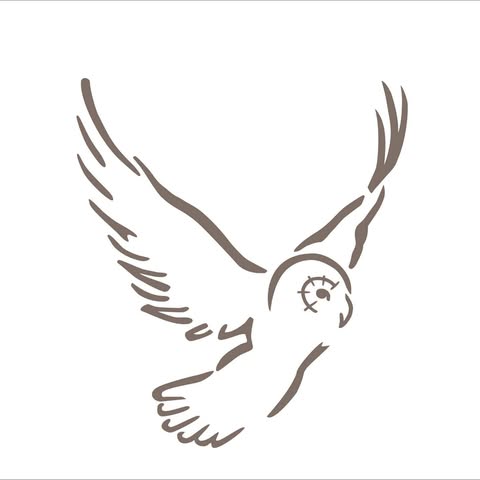
Plant Biosecurity Science Foundation – Plant Biosecurity Science Foundation
54625193286
NSW 2620
apbsf.org.au
Podobné organizace
AUSTRALASIAN SYSTEMATIC BOTANY SOCIETY INCORPORATED |
|
LANDSCAPE RECOVERY FOUNDATION LTD. |
|
Threatened Plants Tasmania Inc. |
|
Friends Of Aldinga Scrub |
|
Australian Network For Plant Conservation Inc |
Podobné organizace global
Center for Plant Conservation, Inc. |
|
Cary Institute of Ecosystem Studies, Inc. |
|
American Phytopathological Society Inc |
|
Fungal Diversity Survey (FunDiS) |
|
Swallowtail Center |
Více Ochrana lesů

Poslední komentáře
💚 It's inspiring to see the proactive steps being taken to combat Myrtle Rust! Together, we can protect our unique Australian ecosystems. Let's keep spreading awareness! 🌱 #MyrtleRust #PlantBiosecuritydetail |
|
👏 Thank you, APBSF Ltd, for your dedication to safeguarding our native biodiversity! Every effort counts in the fight against Myrtle Rust. Looking forward to the upcoming resources! 🌏 #SaveOurPlants #BiosecurityMattersdetail |
Poslední diskuze
1. What strategies can gardening communities implement to enhance their engagement in urban and periurban plant biosecurity, specifically targeting the prevention of Myrtle Rust spread?Odpovědí: 3, Naposledy před 1 den detail |
|
2. How can the broader Australian community be educated about the ecological significance of Myrtaceae species in light of the threats posed by Myrtle Rust?Odpovědí: 3, Naposledy před 1 den detail |
V okolí
4.5
NSW 2620
O společnosti
- C36, C34, C40 -
News Myrtle rust reducing symptoms with double stranded RNA. Demographic mapping across gardening communities to inform urban and periurban plant biosecurity engagement strategies Myrtle Rust The Silent Killer explained in a new short film Myrtle Rust Myrtle Rust is a plant disease caused by the introduced fungal pathogenAustropuccinia psidiiand it poses a serious and urgent threat to Australias native biodiversity. Myrtle Rust affects plant species in the family Myrtaceae paperbarks teatrees eucalypts and lillipillies which are key and often dominant species in most Australian ecosystems. To date it has proved capable of infecting 382 native species and this number is growing.
Ochrana lesů Ochrana zemských zdrojů Botanické, zahradnické a krajinářské služby


















